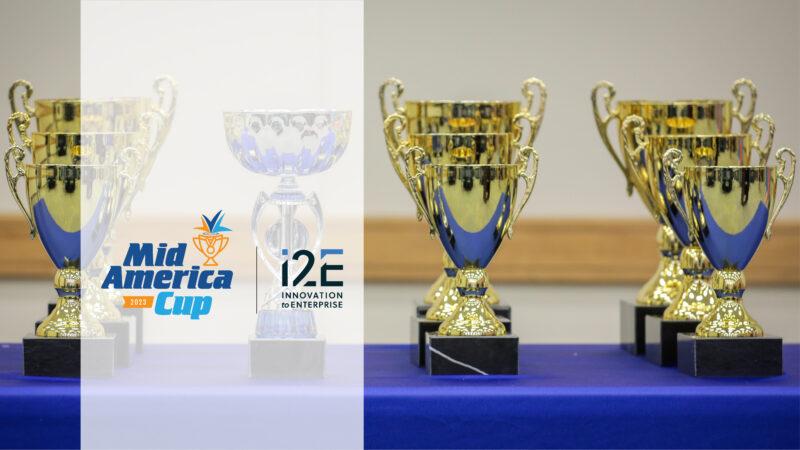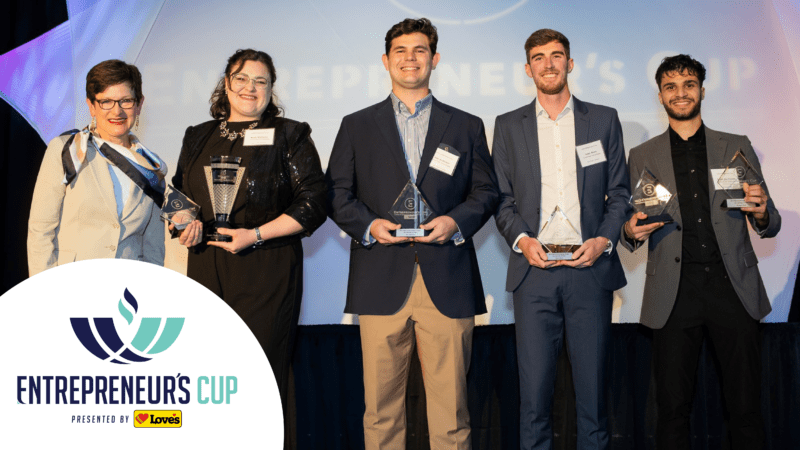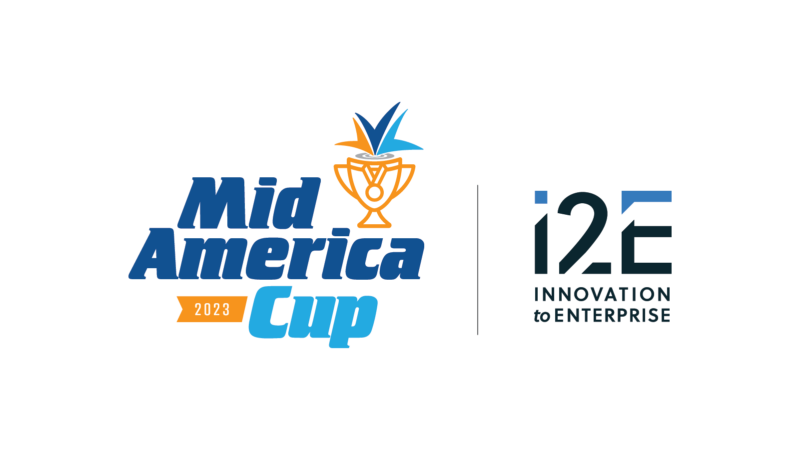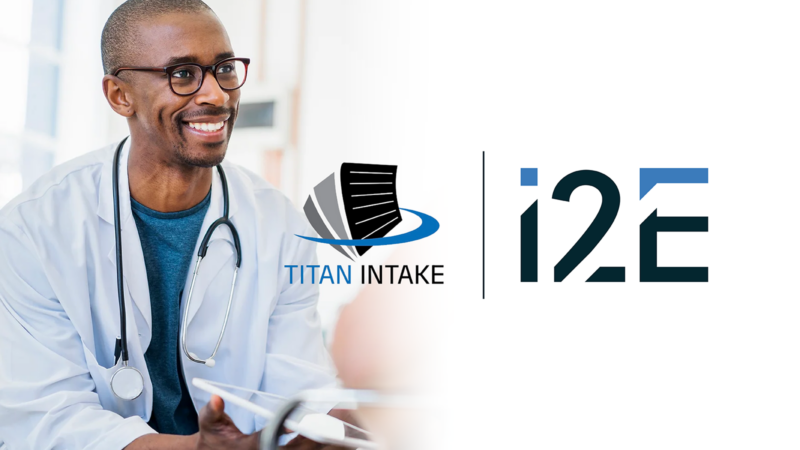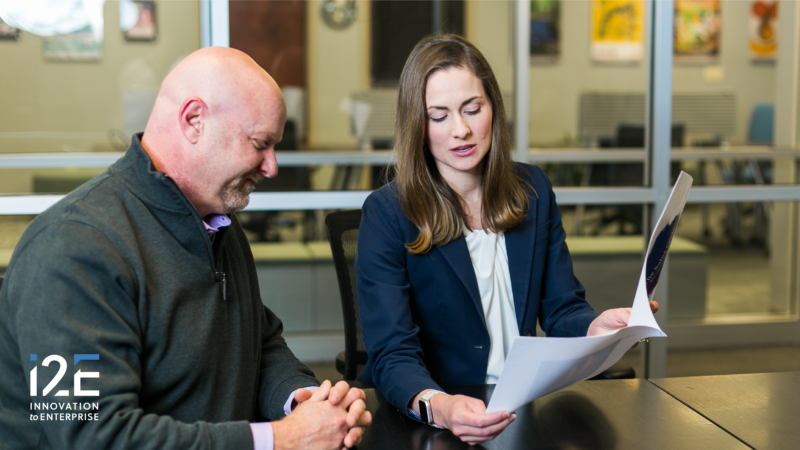Valve System’s International: Problem-Driven Innovation
By Mark Lobo
Valve Magazine is published by the Valve Manufacturers Association of America. ©2015
Developing Alternative Technology to Improve Product Performance
Industrial product engineering teaches us to understand the difference between problems and conditions. Control valve engineering in particular presents a variety of problems that interplay to reduce reliability.
Regardless of how the metering plug or the flow path is shaped, the fluid must make several turns to pass through a sliding stem, plug-in-seat globe control valve. Due to that design condition, damage from extended operation at high pressure drop is a problem. However, a solution to the problem is constrained by the condition, and the dominance of the condition stifles innovation in a mature product line.
THE PROBLEM
The globe body sliding stem design dominates control valve applications. A valve problem could be related to erosion from high-velocity fluid, mechanical vibration-induced damage, seal failure or corrosion. When fluid velocities cause static pressure to drop below the vapor pressure of the liquid, liquid changes to a vapor, and can erode surfaces via kinetic energy. Worse, when the vapor changes back to a liquid due to a sudden localized static pressure increase while turning corners, the flow path surfaces suffer damage from tiny implosions of vapor bubbles, a process known as cavitation.
If the valve problem is due to corrosion, the solution can be as simple as changing material. If the control response is unacceptable, the actuator can be replaced with a better one. Employing harder materials, cage-guided or labyrinth-type trims could be the solution to combat occasional flashing or cavitation damage.
Control valves that continually operate in the choked flow regime, where reduced downstream pressure does not increase flow, get no relief from destructive forces. Every one of these valves is essentially on a suicide mission, with performance degraded in a few months, weeks, or even days in service. Control and shut-off problems due to erosion and mechanical damage are addressed by designing for ease of service, particularly trim replacement. The torturous flow path is simply a condition, excessive cavitation damage the resulting problem, and cavitation resistant materials and serviceability the solutions.
In a globe control valve, the fluid must change direction 180 degrees to pass through an annular restriction, and then turn another 180 degrees to exit. Regardless of trim design, the multiple direction changes before and after the variable restriction is a condition of the globe valve flow path. Only after the flow path is re-classified as a problem can the innovation begin.
THE SOLUTION
Straightening the flow path with minimal disruptions, like a venturi tube, becomes the objective to solve the globe body flow path problem. The ideal valve design therefore would be a variable-restriction venturi tube, focusing the highest velocity fluid components to the center axis from intake to discharge throughout the range of control. The valve design problem then matures from resisting erosion damage to minimizing it with a least disruptive flow path. That problem immediately spins off another problem after the flow path is designed: How do you actuate it?
The flow path boundary moves like a piston, changing the valve resistance as a hole in the piston moves in line with a characterized plug suspended in the flow axis. By mashing together linear and rotary actuated valve design features a rotary–to-linear internal actuation system was developed and patented. Thus the innovation occurred during the search for a solution to a problem that had been a condition: Problem-Driven Innovation
Engineers and scientists view their worlds as a continuous flow of problems to be solved. While scientists and pure researchers do their work constrained mostly by the laws of physics and chemistry, engineers are often given conditions that are still constrained by corporate familiarity with particular technology. In the culture of “thinking outside the box” engineers usually find themselves simply in a bigger box. When conditions are treated as problems the constraints of the box are reduced, and the problems incubate innovation.


